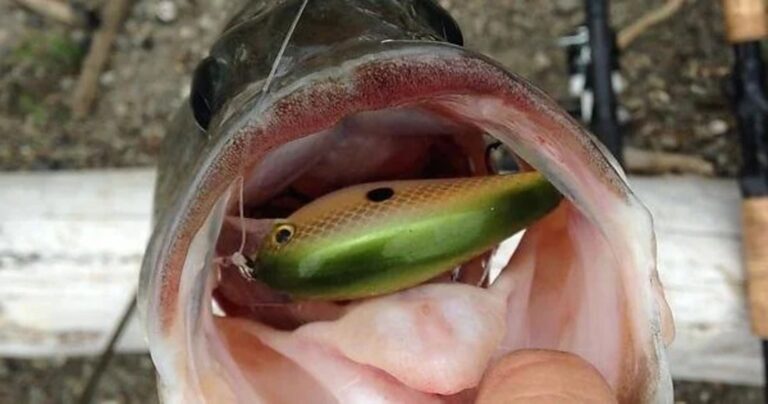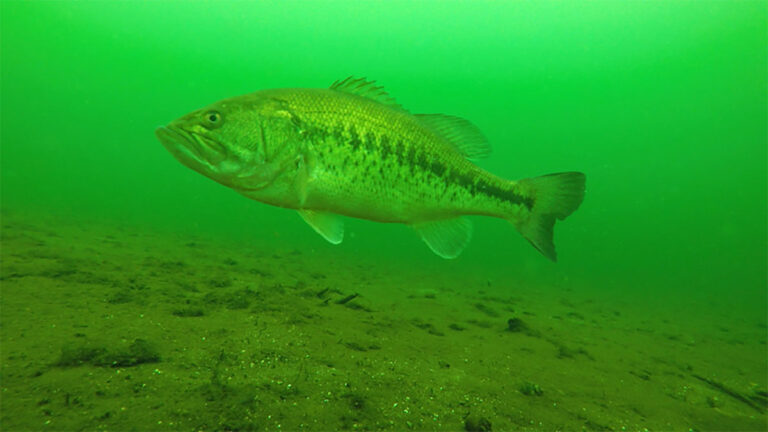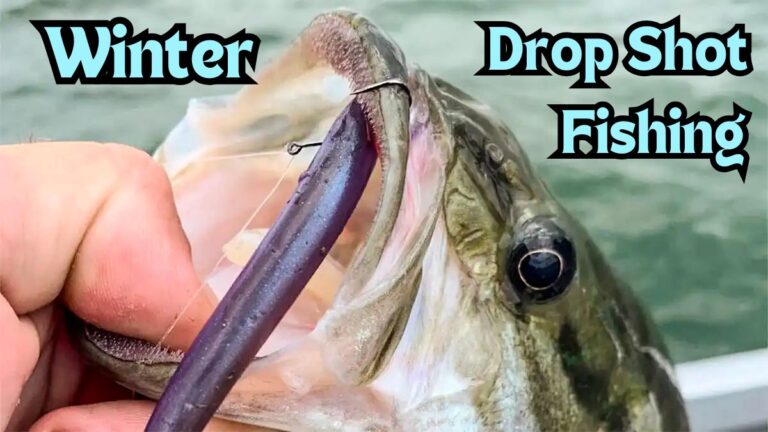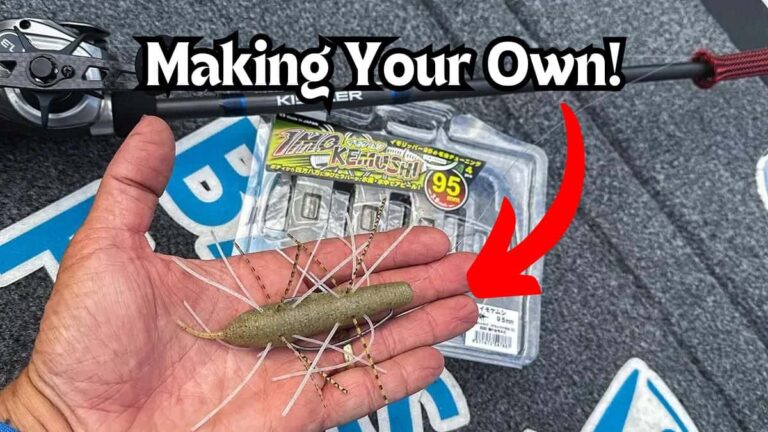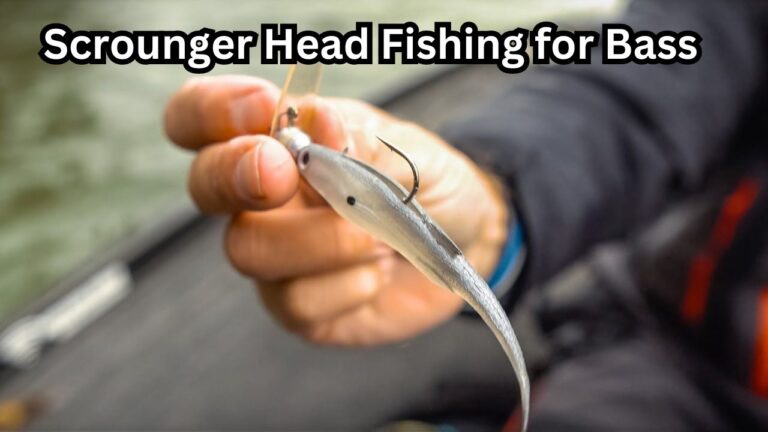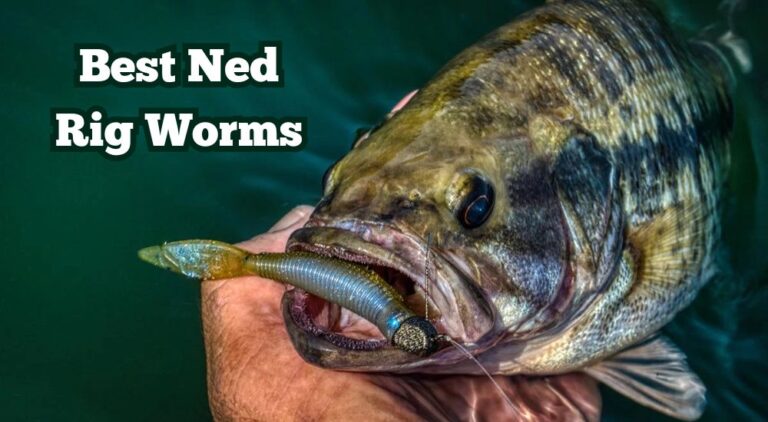4 Best Frog Colors for Bass Fishing and When to Use Them
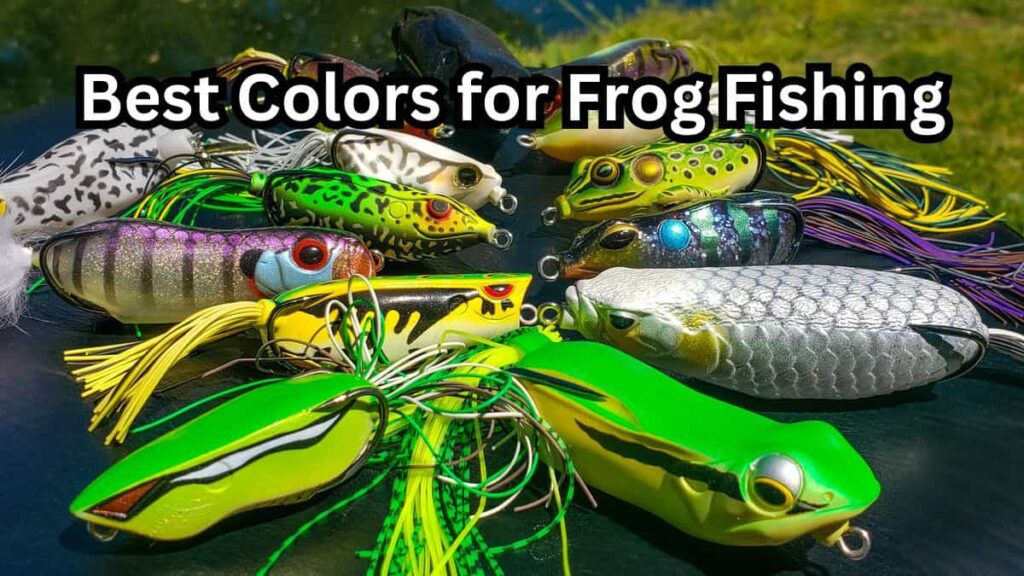
The color of your lure can make a huge difference. Sometimes, it can decide whether you catch nothing, or have an unforgettable day of fishing.
But, it is best to keep colors as simple as possible, so let’s get into the best color frogs for bass fishing.
What Color Frog to Use for Bass Fishing?
With the hundreds of different frog color variations, it is best to keep it simple. Your really only need 4 colors of frogs.
- White
- Black
- Bluegill
- Frog
When choosing frog colors, keep in mind that the top of the frog doesn’t matter at all.
Lots of frogs out there have cool colors, designs, and patterns on the top of them.
But think about it, the bass never even see the top of the lure since it is a topwater bait.
The color of the belly is by far the most important part. The legs and sides of the frog also play a big part, but the top of the bait really doesn’t matter at all.
Something Important to Understand
One important thing to understand about frog fishing is that you aren’t strictly imitating a frog or toad.
Hollow-body frogs also mimic shad, bluegill, baby bass, ducks, and anything else a bass might be eating.
So when choosing colors, you shouldn’t just be using realistic frog colors.
Choose color based on the available bass forage as well as the weather and water conditions.
1. White

White is pretty much a standard color when fishing any type of lure. And white is one of the two most popular frog colors amongst bass anglers.
White frogs are the standard color for imitating shad. There are plenty of other shad colored frogs such as sexy shad, translucent greys, chrome, silver, and other cool looking shad patterns.
But at the end of the day, white works just as good if not better than all of these.
So don’t get caught by flashy looking colors that most companies are selling. Just stick to the classic white.
Also, Jacob Wheeler has talked about how white frogs seem to catch bigger bass.
One of his theories is that white is easier to see for older bass that may be losing some of their eye sight.
When to Use White Frogs
Obviously, when bass are feeding heavily on shad, it is a great time to throw white colors.
But other than that, there are two main situations when you should be using white frogs.
First, on bright sunny days. When skies are clear the the sun is shining bright, a white colored frog has less contrast on the water’s surface.
It is still very visible for the bass to see, but doesn’t give them quite as good of a look at the lure.
This prevents bass from potentially getting cautious or weary of the frog. The second time you should be using white frogs in in muddy water.
Bass’s vision is already very low and disoriented, so you don’t need to worry about them getting spooked.
The main concern is that they see it at all. White stands out in muddy water and gives the bass an easy target to hone in on.
2. Black

Black is the other primary frog color. I am using a white or black frog about 75% of the time.
To be honest, you could easily get by just fine only using a white and black frogs.
Now, the beauty of a black frog is the strong contrast that it has on the surface without having much detail.
It kind of just looks like a black shadow. Bass can’t really tell what exactly it is, but they can see it easily. So to the bass, it looks like whatever they want it to be.
When to Use Black Frogs
As you can probably guess, black frogs work best in low light conditions such as an overcast day, morning, or evening.
The black is able to stand out and contrast the overcast or low light sky.
Whenever I am fishing in the early morning or late evening hours, I am using a black frog.
Black frogs also work great in very muddy water. The black contrasts the water and creates a clear silhouette on the surface.
3. Bluegill

Frogs make a fantastic bluegill imitation. Especially in smaller ponds that don’t have shad, using your frogs to mimic bluegill is a great idea.
The keys to a good bluegill color are blue or green on the sides and yellow or orange on the bottom.
You don’t need the entire belly to be yellow or orange, but as long as the frog has a bit of those colors on the belly, it will work great as a bluegill imitation.
When to Use Bluegill Colored Frogs
Like I mentioned above, small ponds, where bluegill and sunfish are the primary forage, are a great place to throw these colors.
A couple other times are during the bluegill spawn and when bluegill are feeding on the surface.
The bluegill spawn takes place in the middle of the summer and bass are really honing in on these bluegill that up shallow and vulnerable.
Bluegill will often feed on the surface, and you will be able to here them. It will sound like a popping sound on the surface.
If you hear this sound, tie on a bluegill colored frog.
4. Frog or Toad
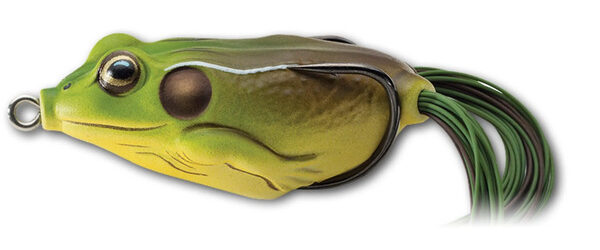
Obviously, you should always have some frog or toad colors. I mean, these hollow-body lures were designed to be frog baits.
So you can almost never go wrong with realistic frog colors. Bullfrog and leopard frog are my two favorites and they will work nation wide.
When to Use Frog Colors
To me, there is never a wrong time to use actual frog colors. I mean, the lure is ultimately made to look like a frog, so there is no reason that realistic frog or toad colors won’t work all the time.
I suppose some lakes and ponds up north don’t have lots of frogs, so in those cases, it might makes sense to focus your time on the other 3 colors.
But for the most part, you can’t go wrong using these colors.
How to Know that You Need to Change Color
The best way to know that you should change color is when bass are short striking or slapping your frog.
They aren’t actually eating the whole thing, but are just hitting it and running.
Or maybe they aren’t hitting it at all and they are just following it, getting close, and never committing.
If these are happening to you, chances are that your color is the problem and that you should change it.
Play Around with Colors Yourself
Although each of these colors have “specific” times and conditions when they work best, sometimes those are just not true.
Each time on the water is a bit different. Sometimes a white frog might be the best option even on a super overcast day or in clear water.
Bass fishing is just funny like that. So always play around and figure out which of these 4 colors the bass want best that day.
Reeling this In
In the colorful realm of bass fishing, the debate over frog colors boils down to a few fundamental choices: white, black, bluegill, and realistic frog patterns.
There is no better time to throw a frog than when there are weeds in the water and bass are aggressive.
Experimentation and adaptation are key; sometimes, the bass may surprise you by favoring a color contrary to conventional wisdom.
By grasping the significance of belly color and considering environmental factors, anglers can enhance their chances of landing that elusive trophy bass.

